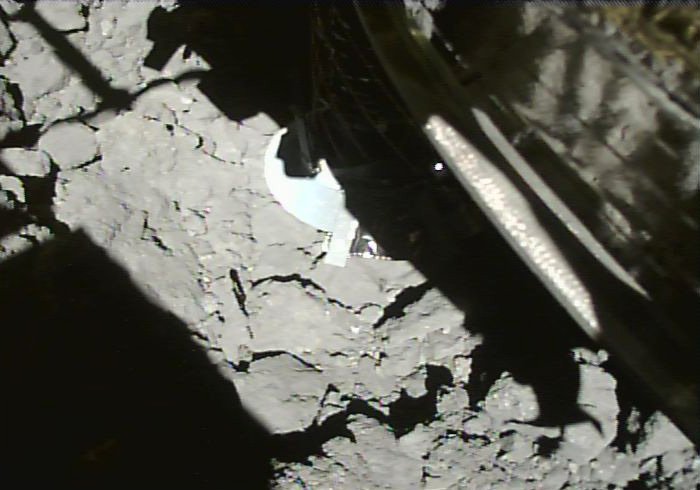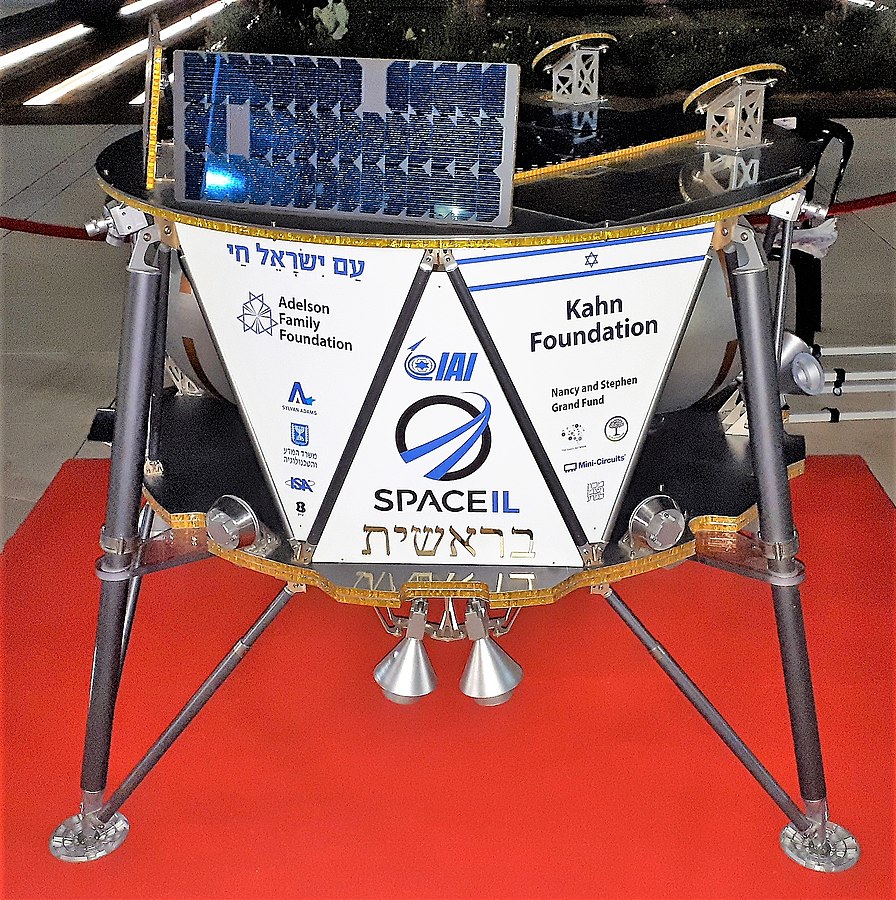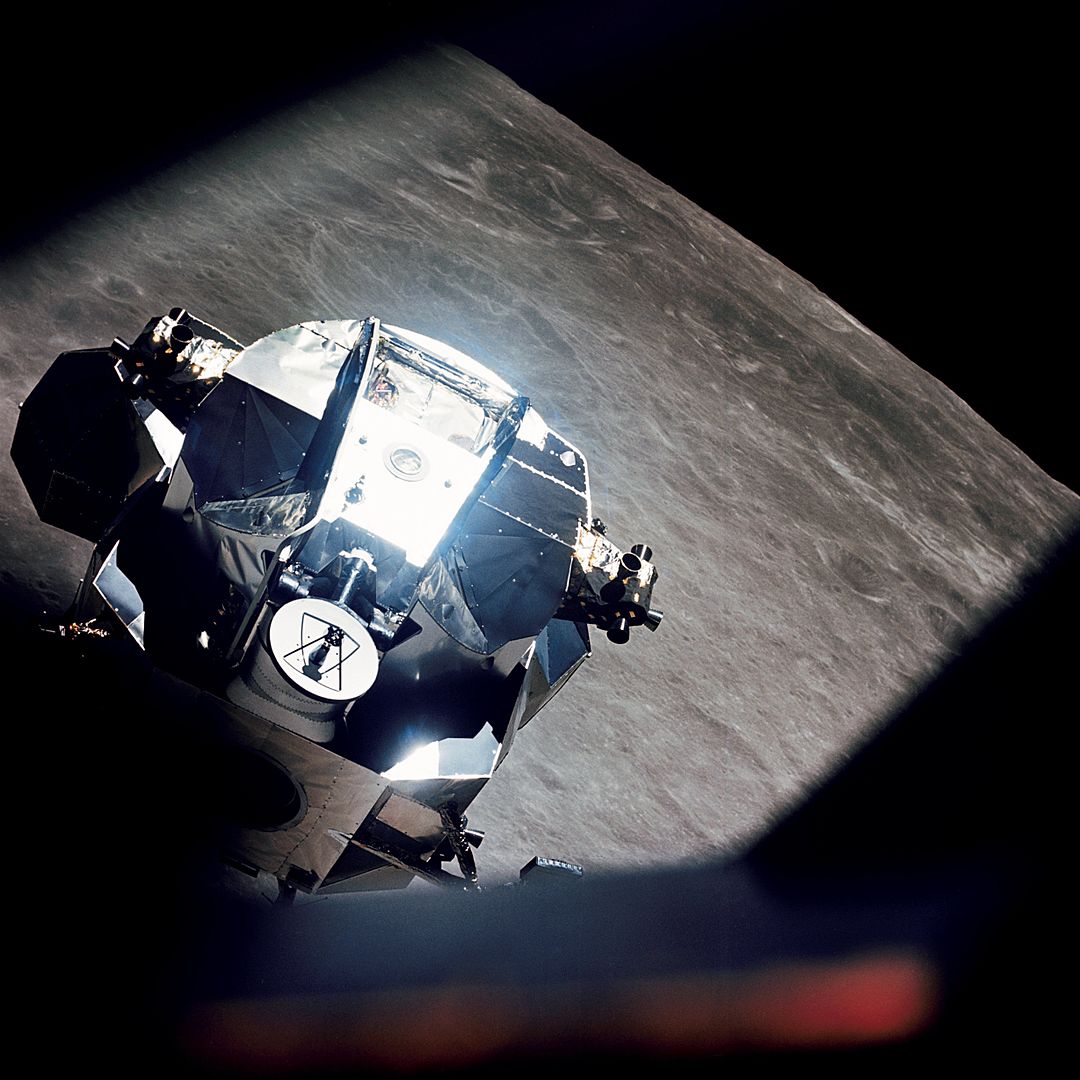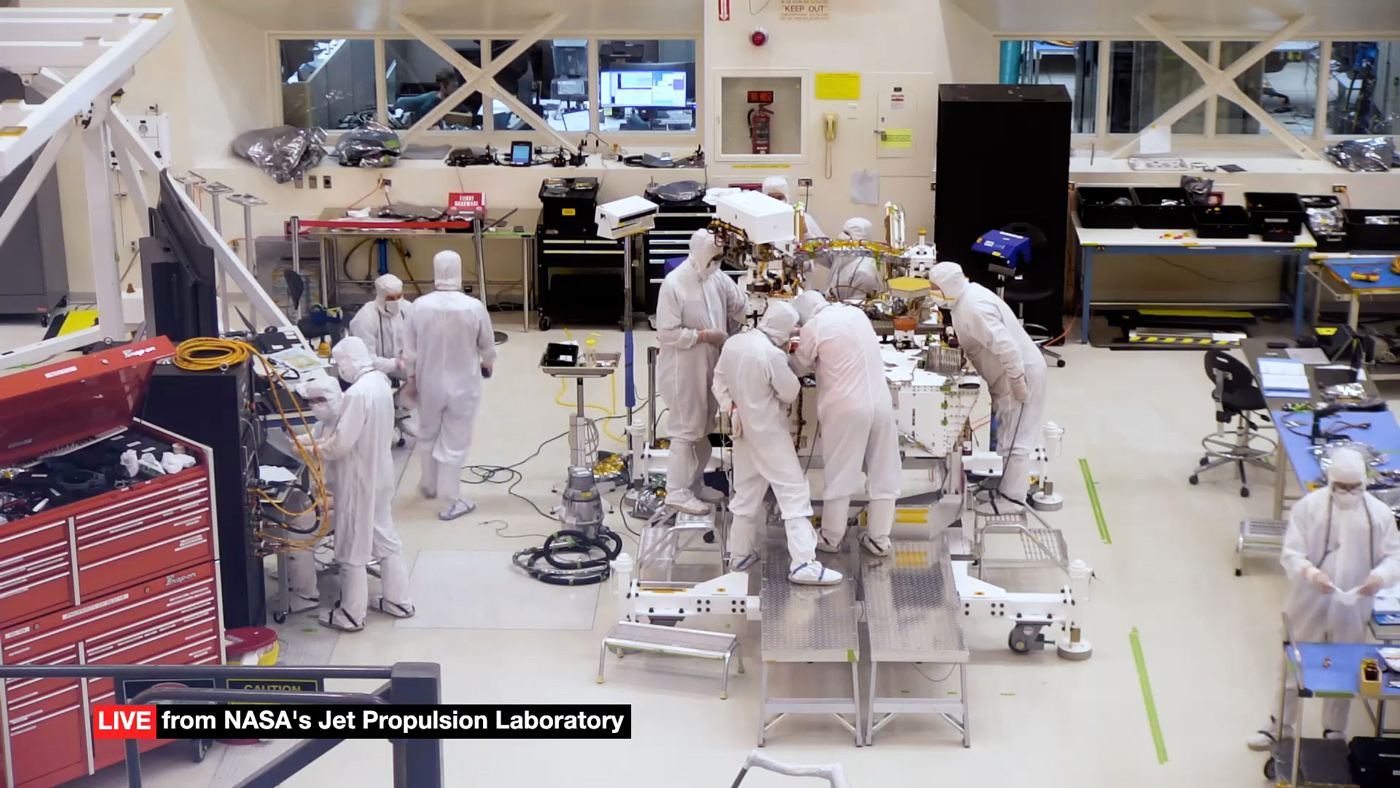Japan’s Hayabusa 2 spacecraft is now the first spacecraft to retrieve a subsurface sample from an asteroid. On July 11th, the spacecraft touched down for a second time on asteroid 162173 Ryugu. This time, the probe retrieved a sample from a crater it excavated with its impactor.
Continue reading “Hayabusa 2 is the First Spacecraft to Sample the Inside of an Asteroid”Two NASA Heads Demoted, Possibly as Part of a Shake-Up to Get Back to the Moon.
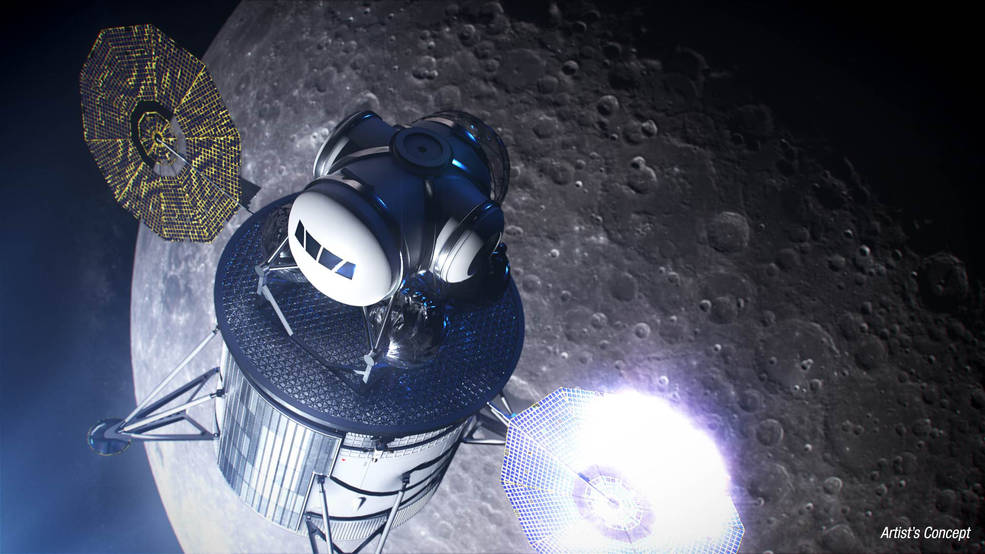
On March 26th, 2019, during the fifth meeting of the reestablished National Space Council, Vice President Mike Pence challenged NASA to land astronauts on the Moon within the next five years. This represented an order to expedite Space Policy Directive-1 signed by President Trump on December 11th, 2017, which directed NASA to take all the necessary steps to send astronauts back to the Moon.
This announcement suggested that some shake-up might be taking place within the agency to make things happen. However, it appears that this now involves the demotion of two longtime NASA heads who have dedicated much of their lives to the advancement of human space exploration. Whether or not this decision came from the White House is unclear, but it is in keeping with the direction recently issued by VP Pence.
Continue reading “Two NASA Heads Demoted, Possibly as Part of a Shake-Up to Get Back to the Moon.”NASA has Figured Out How to Extend the Lives of the Voyagers Even Longer
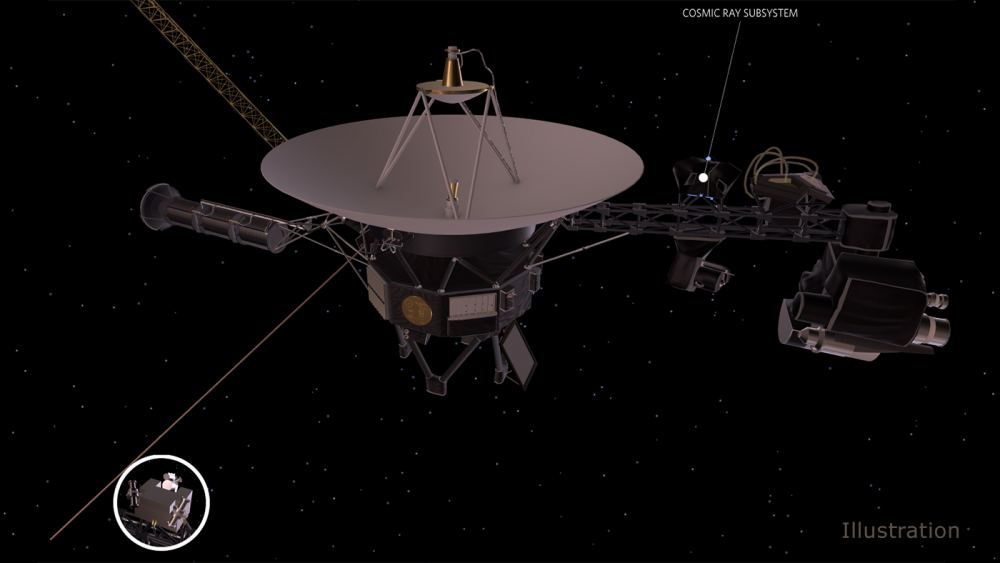
Voyagers 1 and 2 have the distinction of being in space for 42 years and still operating. And even though they’re 18 billion km (11 billion miles) from the Sun, they’re still valuable scientifically. But they’re running out of energy, and if NASA wants them to continue on much longer, they have some decisions to make.
Continue reading “NASA has Figured Out How to Extend the Lives of the Voyagers Even Longer”NASA’s Still Trying to Get InSight’s Mole Working Again. Progress is Slow.
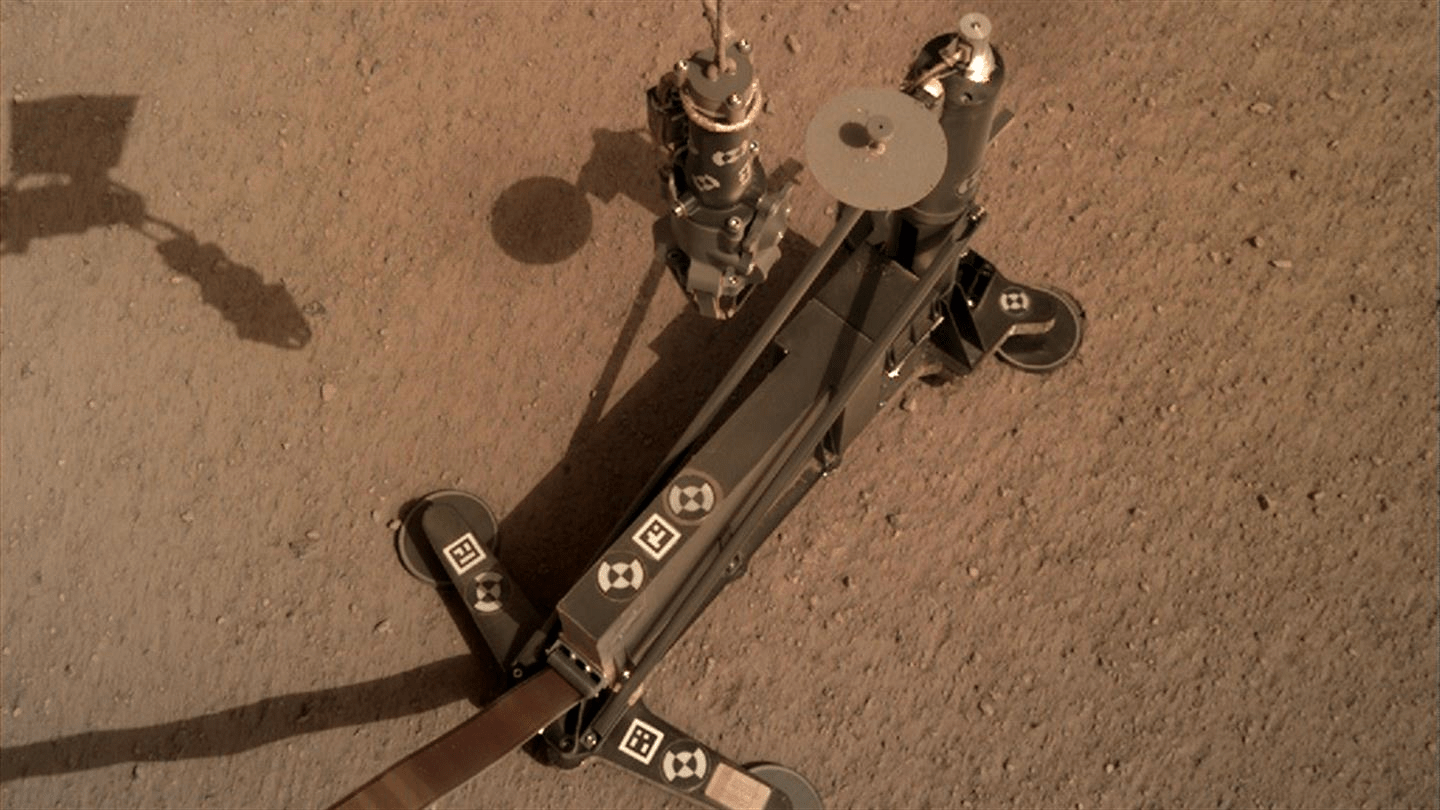
The InSight lander has been on Mars for 213 Sols on its mission to understand the interior of the red planet. It’s armed with a seismometer, a temperature and wind sensor, and other instruments. But it’s primary instrument, arguably, is the Mole, or the Heat Flow and Physical Properties Package (HP3.) And the Mole has been stuck for a while now.
Continue reading “NASA’s Still Trying to Get InSight’s Mole Working Again. Progress is Slow.”Meet the Comet Interceptor. It’ll Wait Patiently In Space for a Comet, Then Pounce On It

The ESA has announced a new mission to explore a comet. The Comet Interceptor mission will have a spacecraft wait in space until a pristine comet approaches the inner Solar System. Then it will make a bee line for it, and do some ground-breaking science.
Continue reading “Meet the Comet Interceptor. It’ll Wait Patiently In Space for a Comet, Then Pounce On It”NASA is Going Back to Saturn’s Moon Titan, this Time With a Nuclear Battery-Powered Quadcopter
The official announcement has been made. NASA is sending the Dragonfly, its rotary-winged flying robot, to Titan. We’ll have to control our excitement for a while, though. The launch date isn’t until 2026.
Continue reading “NASA is Going Back to Saturn’s Moon Titan, this Time With a Nuclear Battery-Powered Quadcopter”SpaceIL Scraps its Plans to go Back to the Moon. Instead, it’s Got a New Secret “Significant Objective” for Beresheet 2
Mystery. Secrecy. A Need-To-Know Basis. These are the hallmarks of science. Wait a minute: no they’re not. So what’s with all the mysterious secret objective talk from SpaceIL about Beresheet2?
Continue reading “SpaceIL Scraps its Plans to go Back to the Moon. Instead, it’s Got a New Secret “Significant Objective” for Beresheet 2″This is the Closest OSIRIS-REx has Gotten to Bennu. Just 680 Meters Above the Asteroid
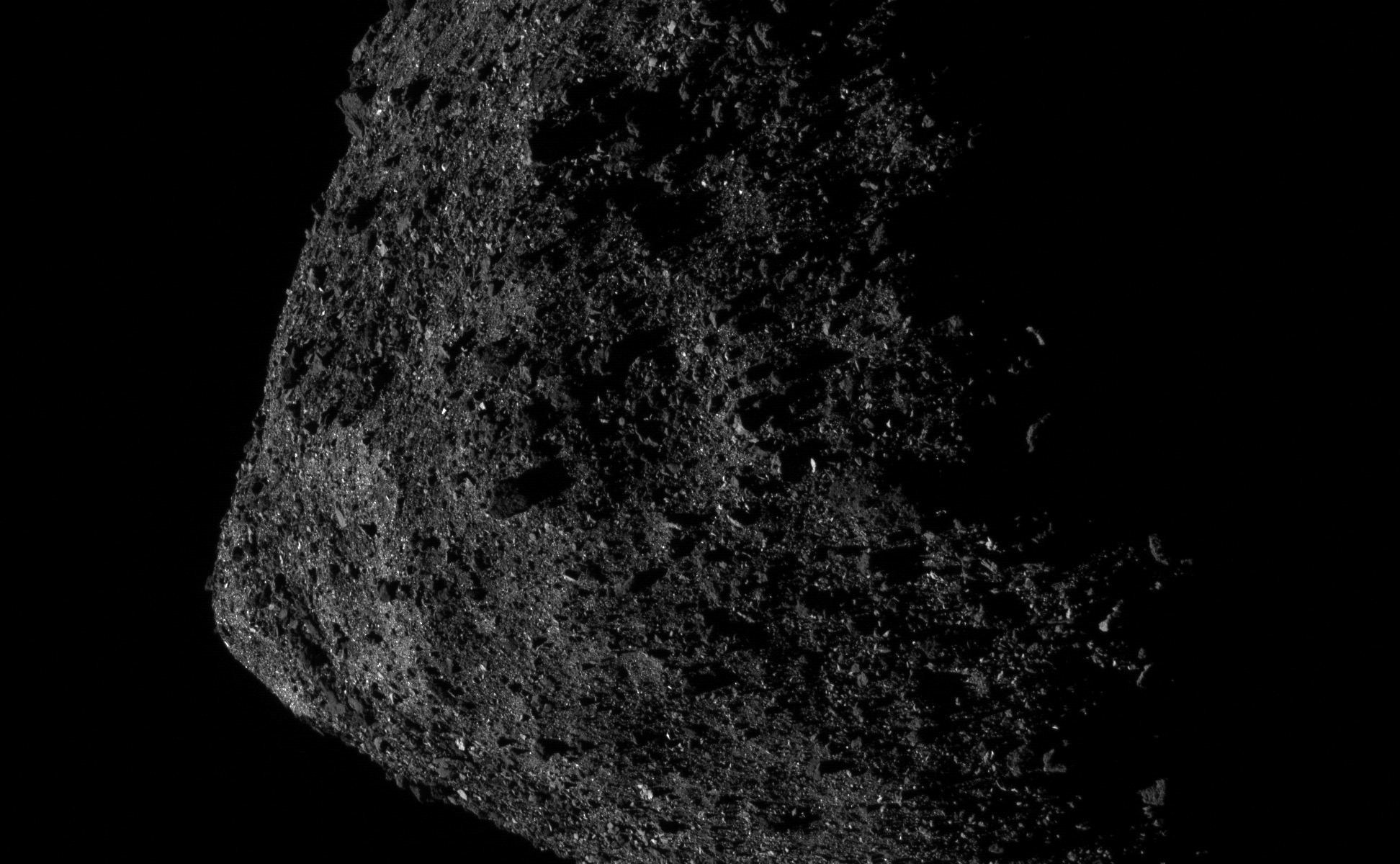
NASA’s OSIRIS-REx spacecraft has been at asteroid Bennu since Dec. 3rd, 2018. On that day, it went from travelling to the asteroid to travelling around it. Since then it’s been surveying and mapping Bennu.
Continue reading “This is the Closest OSIRIS-REx has Gotten to Bennu. Just 680 Meters Above the Asteroid”Apollo 10’s “Snoopy” Lunar Lander May Have Been Found in Space
Apollo 11 was the first mission to land people on the lunar surface. But Apollo relied on a lot of predecessor missions to lay the groundwork for the successful mission to the Moon. One of them was Apollo 10, the fourth crewed mission in the Apollo program.
Apollo 10 was an almost complete mission that including everything that Apollo 11 had, except for an actual landing on the Moon. It was a dress rehearsal, and was the second Apollo mission to orbit the Moon. It even had an Apollo Lunar Module that was flown to within 15 km of the lunar surface. But that module never landed, and eventually, after it rendezvoused with the command module and the crew disembarked, it was sent into orbit around the Sun.
And up until now, nobody knew where it was.
Continue reading “Apollo 10’s “Snoopy” Lunar Lander May Have Been Found in Space”You Can Use a Live Webcam to Watch NASA Build the Mars 2020 Rover
NASA’s next mission to the surface of Mars is called the 2020 rover (in case you didn’t know already.) It’s planned launch date is July 17th, 2020, and it should land at Jezero Crater on Mars on February 18th 2021. The rover is still under construction at the Jet Propulsion Lab in Pasadena, California.
Continue reading “You Can Use a Live Webcam to Watch NASA Build the Mars 2020 Rover”
